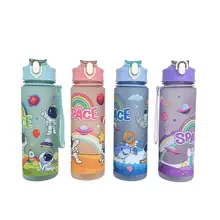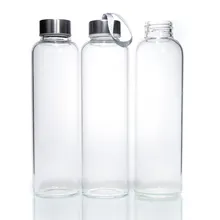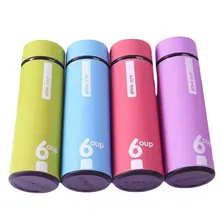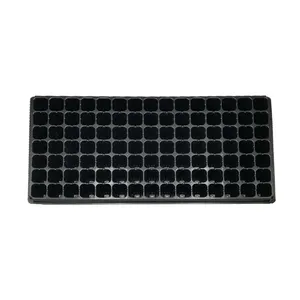Popular in your industry






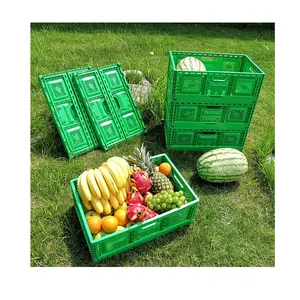

























































Related Searches:





































































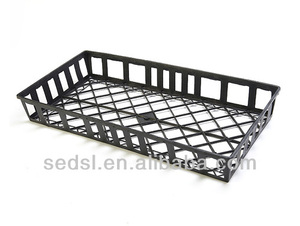












































Top categories
About plastic plant trays
In the ever-changing world of horticulture, sustainability has become a major concern. As more people get into farming and gardening, the demand for eco-friendly solutions has been on the rise. Among the many options available for nurturing young plants, plastic plant trays have emerged as an effective and sustainable solution.
Benefits of Plastic Plant Trays
Plastic trays for plants come in varying shapes, sizes, and designs, making them a versatile solution for different types of plants and gardening techniques. Whether it is starting seeds indoors, outdoors, or in a greenhouse, there's a tray designed to meet all these needs. Their versatility allows them to be integrated into different gardening practices, be it backyard gardening or commercial agriculture. Durability is another key advantage of these trays. Unlike disposable plant pots, plastic trays can be used for an extended period, eliminating the need for frequent replacement. This contributes to a substantial reduction in waste. They are also lightweight, which makes them easy to handle. They can be moved effortlessly between different sections of a nursery, garden, or greenhouse. In addition, they are stackable, allowing for better organization and optimization of storage space. The trays come with efficient water drainage systems in place. This not only reduces water wastage but also prevents overwatering, which is a common problem in gardening.
How to Choose Plastic Plant Trays
With the numerous options out there, it can be challenging for gardeners to find the most suitable plastic seedling trays. However, there are a few factors that can help narrow down the selection process. Size is one of the paramount considerations. There are small, medium, and large plastic plant trays, and the ideal size depends on the available space and the number of seeds to be planted. Durability is another important aspect. Most planting trays are made of polypropylene or polystyrene to ensure they last for long. The thick and sturdy iterations are less likely to crack during use and have a sturdy base for plants to grow on.
How to Clean Plastic Plant Trays
If there's an intention to reuse plastic seed trays, they should be cleaned and disinfected between each use to avoid an issue known as seedling blight or damping-off. This is a soil-borne disease that can hamper plant growth or even prevent seeds from sprouting in the first place. Cleaning requires using a large bucket, dish soap, bleach, and paper towels. The first step is to wipe and rinse out any loose soil for each cell. Next, the trays should be soaked in a bucket with warm water and bleach for about fifteen minutes to get rid of any bacteria. Lastly, the trays should be rinsed with plain water and air-dried before they are reused.



